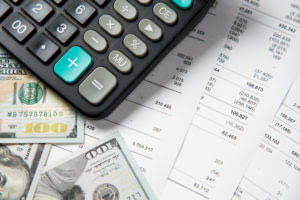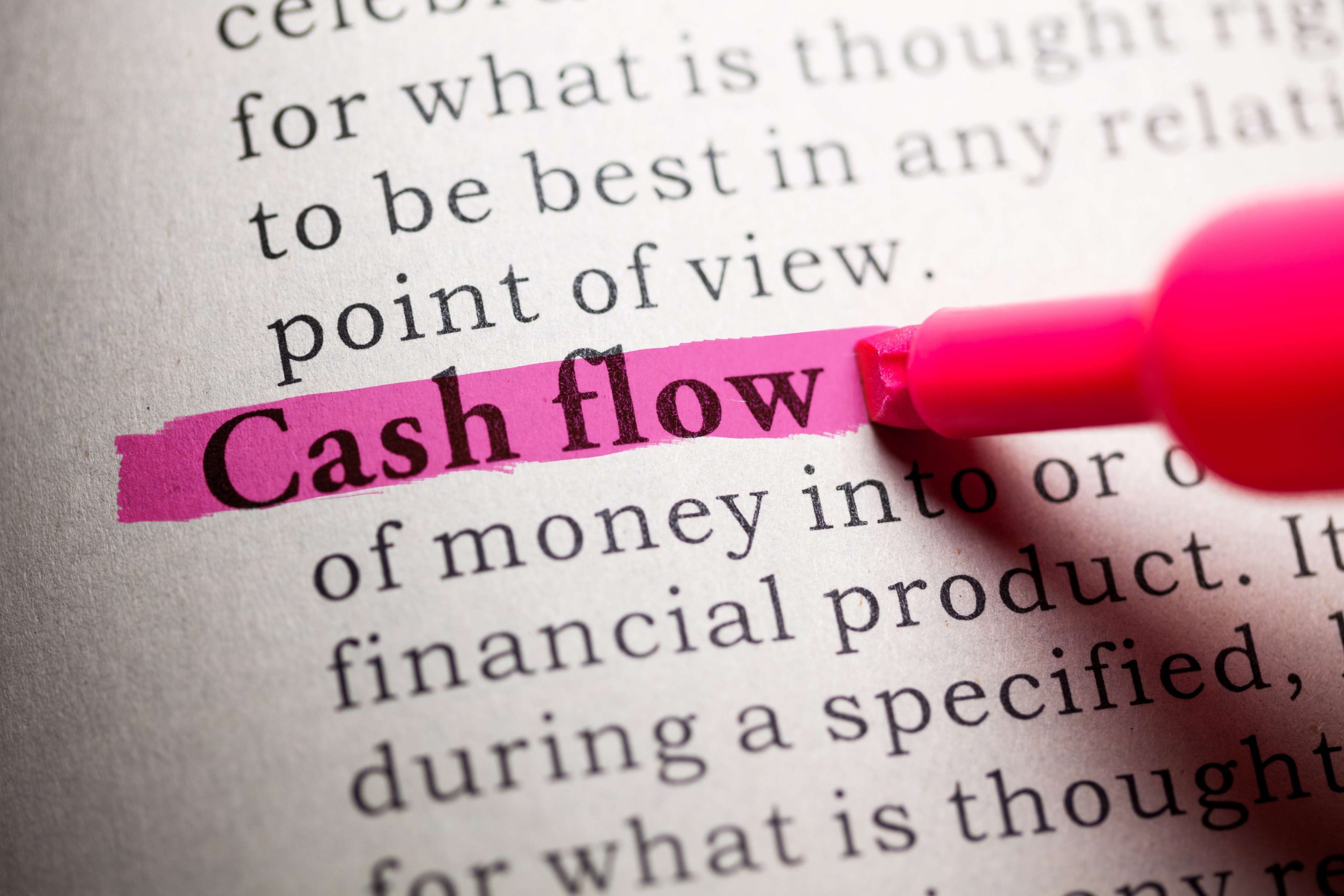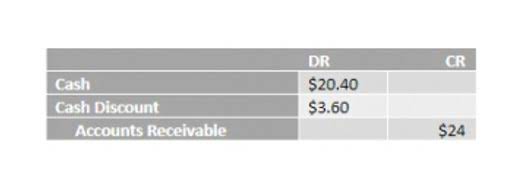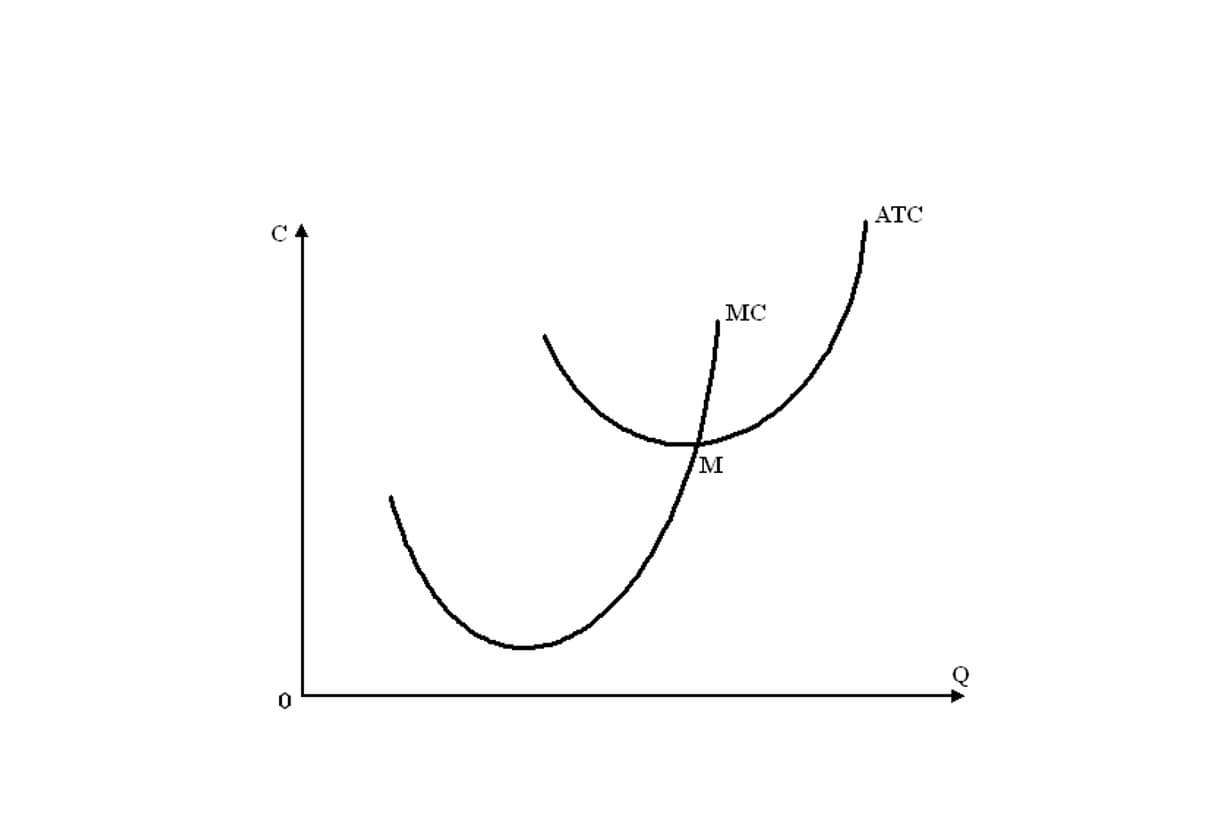Accounting Entry for Depreciation Journal Entry Methods, Examples & Guide

A depreciation journal entry is important because it helps businesses adhere to the matching principle and the accounting standards. Depreciation journal entries are important for businesses to accurately reflect the value of their assets in their financial statements. By recording depreciation expenses, businesses can accurately reflect the decrease in the value of their assets over time.
- In this blog, we’ll explore everything you need to know about depreciation journal entries, including their significance, calculation methods, and practical examples.
- Journal entries of depreciation are also recorded in the cash book and the generalbook of ledger.
- The depreciation expense comes up on the income statement, and the accumulated depreciation is reflected on the balance sheet.
- In this blog, we are going to talk about the accounting entry for depreciation, how to calculate depreciation expense, and how to record a depreciation journal entry.
- There are four other widely-accepted depreciation methods or formulas.
The Difference Between Carrying Cost and Market Value
In Saudi Arabia, proper depreciation accounting also helps businesses meet Zakat, Tax, and Customs Authority (ZATCA) requirements, particularly under VAT and tax filing rules. Incorrect depreciation can lead to fines or issues in financial reporting. Depreciation expense has two main effects on an organization’s financial statements. First, it is treated as an cash flow expense in the income statement, which reduces taxable income.
- Whether you maintain the provision for depreciation/accumulated depreciation account determines how to do the journal entry for depreciation.
- The depreciation is calculated and recorded as an expense in the profit or loss statement.
- The depreciation expense appears on the income statement like any other expense.
- With advanced automation, real-time data synchronization, and user-friendly interfaces, HighRadius helps businesses maintain accurate and efficient financial records.
- We may earn a commission when you click on a link or make a purchase through the links on our site.
How to Calculate Depreciation?
With enough knowledge, business owners will not have a hard time understanding how depreciation impacts net income and net assets. A depreciation journal entry helps companies follow the matching principle and, in turn, accurately present their financial health to stakeholders. The cost of the asset is expensed on the income statement and depreciated on the balance sheet. Depreciation is the gradual charging to expense of an asset’s cost over its expected useful life. Properly recording journal entries for depreciation is vital for maintaining accurate financial records and ensuring compliance with accounting standards.

Bad Debt Rising? Limit It through AI-Powered O2C Automation

The depreciation journal entry records depreciation expense as well as accumulated depreciation. Depreciation expense is debited for the current depreciation amount and accumulated depreciation is credited. The depreciation expense is then presented on the income statement as an operating expense and the accumulated depreciation is presented on the balance sheet as a contra Certified Bookkeeper capital asset account.
AccountingTools
They can also advise if a purchase should be treated as an expense or an asset in the accounting system. When an asset is finally retired, a journal entry is made to remove the asset from the accounting journal entry for depreciation system. This is done by debiting the Accumulated Depreciation account and crediting the applicable Asset account. Because assets tend to lose value as they age, some depreciation methods allocate more of an asset’s cost in the early years of its useful life.
- Depreciation is recordedin income statements and other journal books of accountancy to get help in times ofmanagerial decisions of the company.
- Depreciation is the gradual reduction in the value of a tangible asset due to wear and tear, usage, or obsolescence.
- Depreciation is a complex process and I highly recommend allowing the company’s accountant or tax advisor to handle the depreciation of assets.
- Using one of several available depreciation methods, a portion of the asset’s expense is depreciated at the end of each year via journal entry until the asset is fully depreciated.
- Check your business’ accounting manual for more information about the depreciation method used in your business.
- According to the matching principle, long-term assets or capital assets can’t be expensed immediately when they are purchased because their useful life is longer than one year.
- At Finance Strategists, we partner with financial experts to ensure the accuracy of our financial content.
According to the straight-line depreciation method, the depreciation expense will be $1,000 per year. Depreciation accumulated over the life of an asset is shown in the accumulated depreciation account. On January 1st we purchase equipment for $10,000 with a useful life of 5 years.

Great! The Financial Professional Will Get Back To You Soon.
Understanding the accounting entry for depreciation is vital for accurate financial reporting and compliance. By systematically allocating the cost of assets, businesses can ensure their books reflect a true and fair view of their financial position. Whether you’re an accountant or a business owner, mastering depreciation journal entries is essential for sound financial management. Journal entry for depreciation records the reduced value of a tangible asset, such a office building, vehicle, or equipment, to show the use of the asset over time.

Some company also hires professionals to helptheme in the accountancy work. Unlike journal entries for normal business transactions, the deprecation journal entry does not actually record a business event. The difference between assets and expenses is significant when it comes to accounting. Expenses are written off at the time of purchase; but since assets are expensive and have a useful life of many years, their costs are capitalized over their lifespan using a process called depreciation.